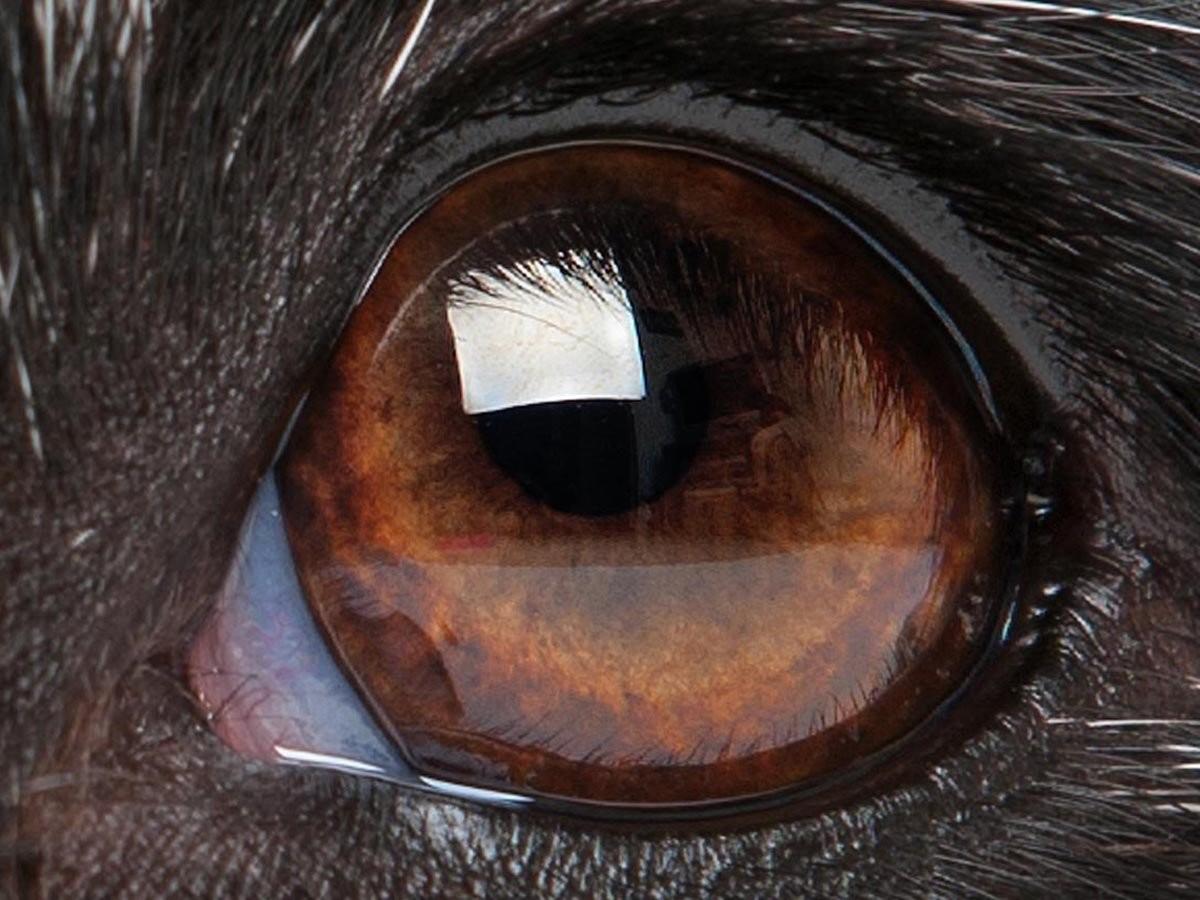"Cherry eye" is a common term for a condition that affects a dog's third eyelid, known medically as prolapse of the third eyelid gland. While it may sound alarming, understanding the causes, symptoms, and treatment options can help you navigate this condition with confidence.
What is Cherry Eye?
Dogs, like many other animals, have a third eyelid located in the inner corner of their eye. This eyelid contains a tear gland that helps lubricate the eye. In cherry eye, the gland prolapses or pops out of its normal position, creating a visible red or pink bulge that resembles a cherry.
Read More: Does Pet Insurance Cover Cherry Eye?
Causes and Risk Factors
Weak Connective Tissue: The primary cause is believed to be a weakness in the connective tissue that holds the gland in place, allowing it to slip out.
Breed Predisposition: Certain breeds, such as Bulldogs, Beagles, and Cocker Spaniels, are more prone to cherry eye, suggesting a genetic link.
Age: Cherry eye is more common in young dogs, often under two years old.
Allergies: While not a direct cause, allergies can contribute to inflammation and swelling, potentially increasing the risk of prolapse.
Symptoms of Cherry Eye
The most noticeable symptom is a red or pink, round mass protruding from the inner corner of the eye. Other symptoms may include:
Thick discharge from the eye
Excessive tearing or mucus production
Squinting or pawing at the eye
Redness or swelling of the eye
Diagnosis and Treatment
A veterinarian can usually diagnose cherry eye through a simple eye examination. Additional tests, like a Schirmer tear test to measure tear production, may be recommended.
The primary treatment for cherry eye is surgery. Several techniques exist, but the most common involves repositioning the gland back into its normal place and securing it with sutures.
How do you treat cherry eye in dogs?
In many cases, cherry eye requires surgical intervention for definitive treatment. The surgery typically involves carefully repositioning the prolapsed gland back into its proper location within the orbit and securing it with sutures5.
Can cherry eye go away on its own?
While occasional spontaneous resolution or improvement with medication and steroids has been reported, it's not the norm. In most cases, surgical intervention is required to correct the prolapse and prevent long-term complications1. In addition, there are rare occasions where re-surgery is required even after the surgery is successfully performed.
Is cherry eye in dogs an emergency?
Although cherry eye may look alarming, it's not considered an immediate emergency. However, seeking veterinary attention promptly is essential to prevent potential complications like dry eye or infections. While some cases might resolve on their own with time or medication, surgery is usually the most effective solution3.
Read more: Cherry Eye Surgery Cost
Post-Surgery Care and Prevention
After surgery, your dog will need to wear an Elizabethan collar (cone) to prevent them from rubbing or scratching their eye. Medicated eye drops or ointments may also be prescribed to promote healing and prevent infection.
While cherry eye itself cannot be prevented, early detection and treatment are key to minimizing complications. Regular eye examinations, especially for breeds prone to the condition, are crucial.
The Bottom Line
Cherry eye, though not an emergency, requires prompt veterinary attention to prevent long-term eye problems. With timely surgical intervention, most dogs recover fully and regain normal tear production. Remember, regular vet visits and careful observation of your dog's eyes can help ensure early detection and successful treatment of cherry eye.
About the author
This blog was reviewed by a DVM from Eagle Glen Veterinary Clinic based in LA. Eagle Glen Veterinary Clinic has been serving pets in the LA community since 1988! The vets and technicians have a passion for pet care and the skill to give excellent service! Visit https://www.instagram.com/eagleglen.vc/ or https://eagleglenvets.com/index.cfm for more.

With 10 years of experience as a pet parent, I aim to empower pet owners with insights into pet insurance and maintaining their pet's well-being. I aspire to be a trusted source, combining knowledge with a commitment to the welfare of our beloved pets.

Eagle Glen Veterinary Clinic has been serving pets in LA since 1988! The vets and technicians have a passion for pet care and the skill to give excellent service! Visit https://www.instagram.com/eagleglen.vc/ or https://eagleglenvets.com/index.cfm for more.
Blue Cross. (2023). Cherry Eye in Dogs. In Blue Cross. Blue Cross. https://www.bluecross.org.uk/advice/dog/health-and-injuries/cherry-eye-in-dogs
Brister, J. & DVM. (2021). Cherry Eye in Dogs and Cats. In Embrace Pet Insurance. Embrace Pet Insurance. https://www.embracepetinsurance.com/health/cherry-eye
Cherry Eye. (n.d.). In Southern Animal Health. Retrieved August 22, 2024, from https://www.southernanimalhealth.com.au/veterinary-surgery/cherry-eye
Cherry Eye in Dogs. (n.d.). In Small Door Veterinary. Retrieved August 22, 2024, from https://www.smalldoorvet.com/learning-center/medical/cherry-eye-in-dogs
Cherry Eye in Dogs: What It Is, Causes & Treatment. (n.d.). In Hill’s Pet. Retrieved August 22, 2024, from https://www.hillspet.com/dog-care/healthcare/cherry-eye-in-dogs?lightboxfired=true
Nandini Maharaj. (2024). Cherry Eye in Dogs: Signs, Symptoms, Treatments. In American Kennel Club. American Kennel Club. https://www.akc.org/expert-advice/health/cherry-eye-in-dogs












